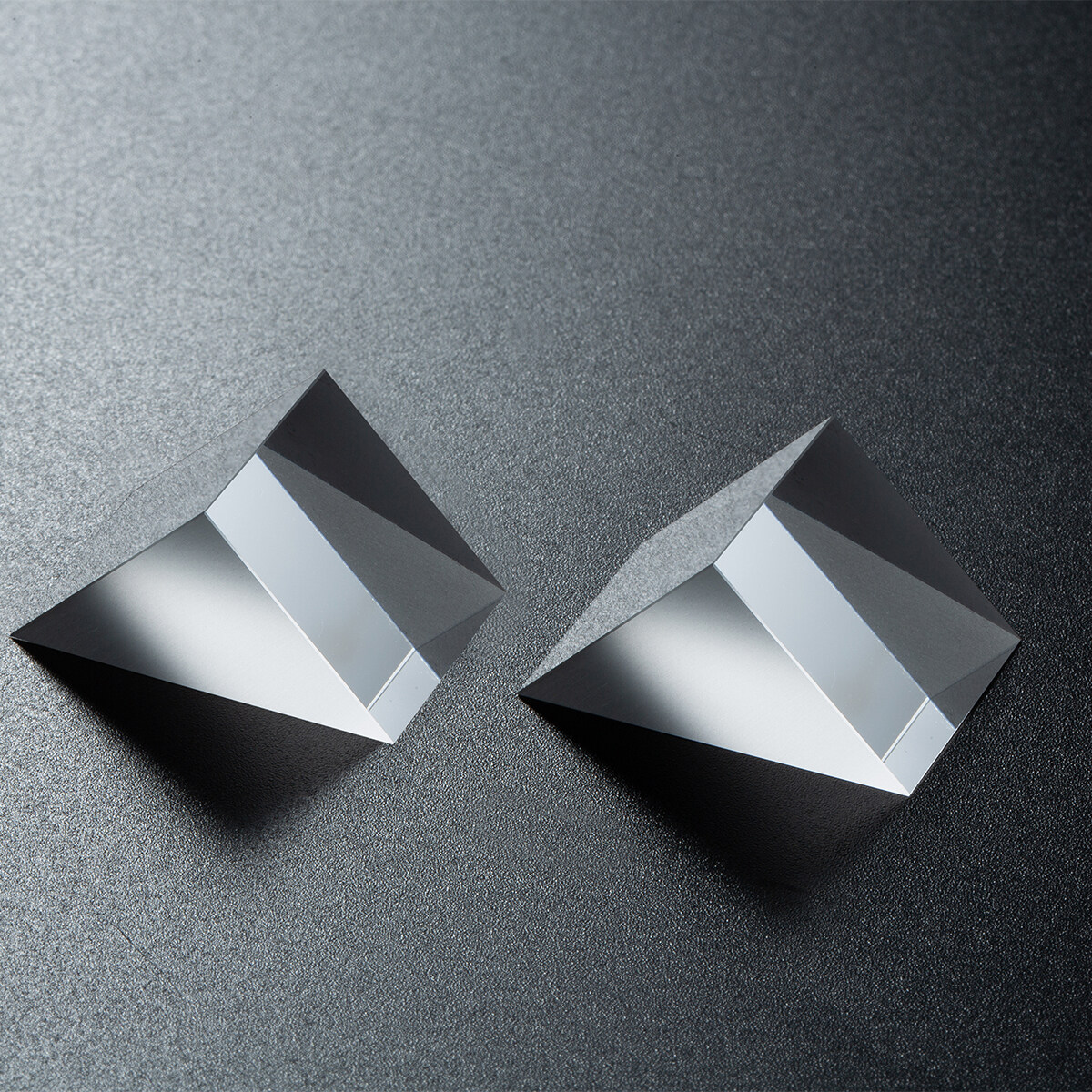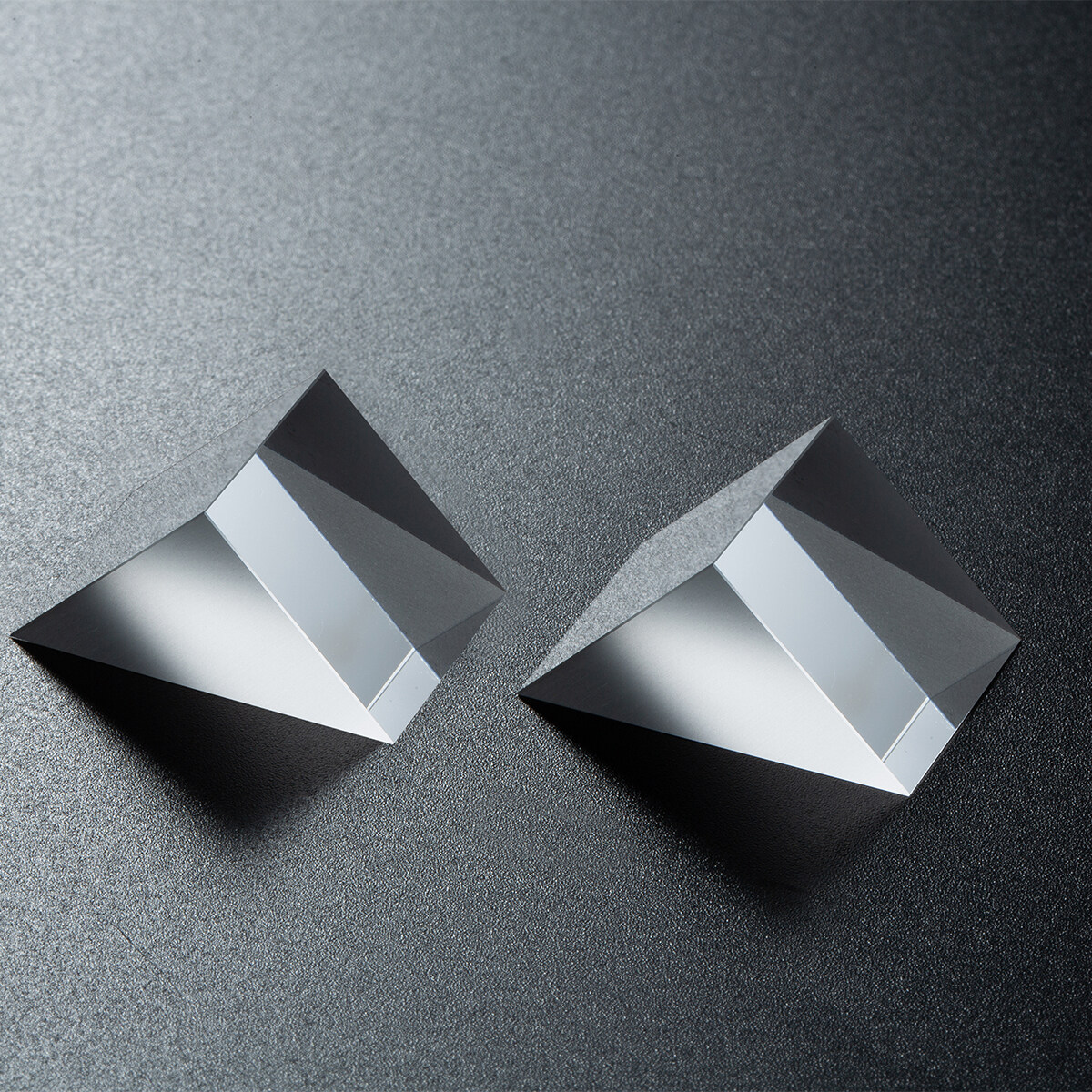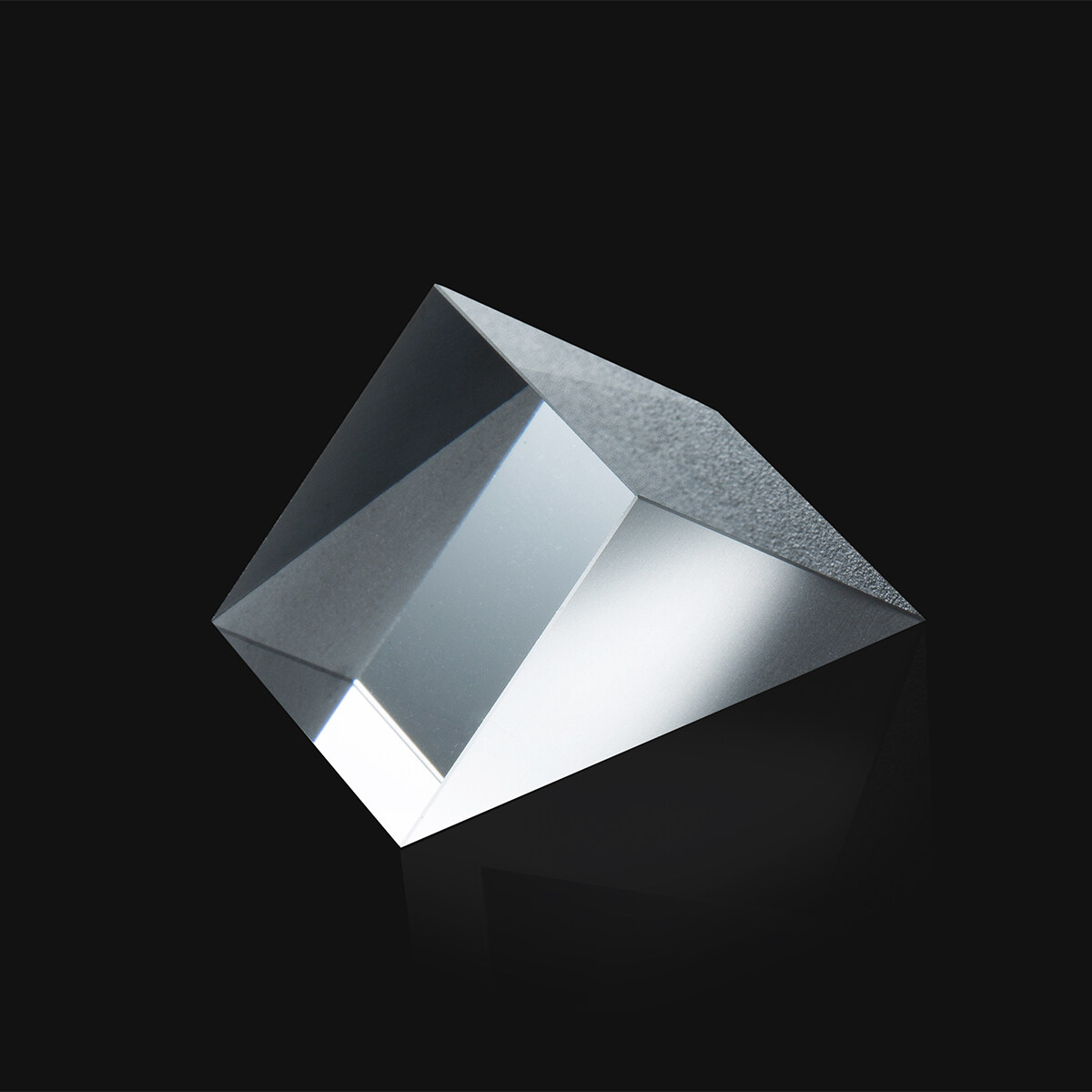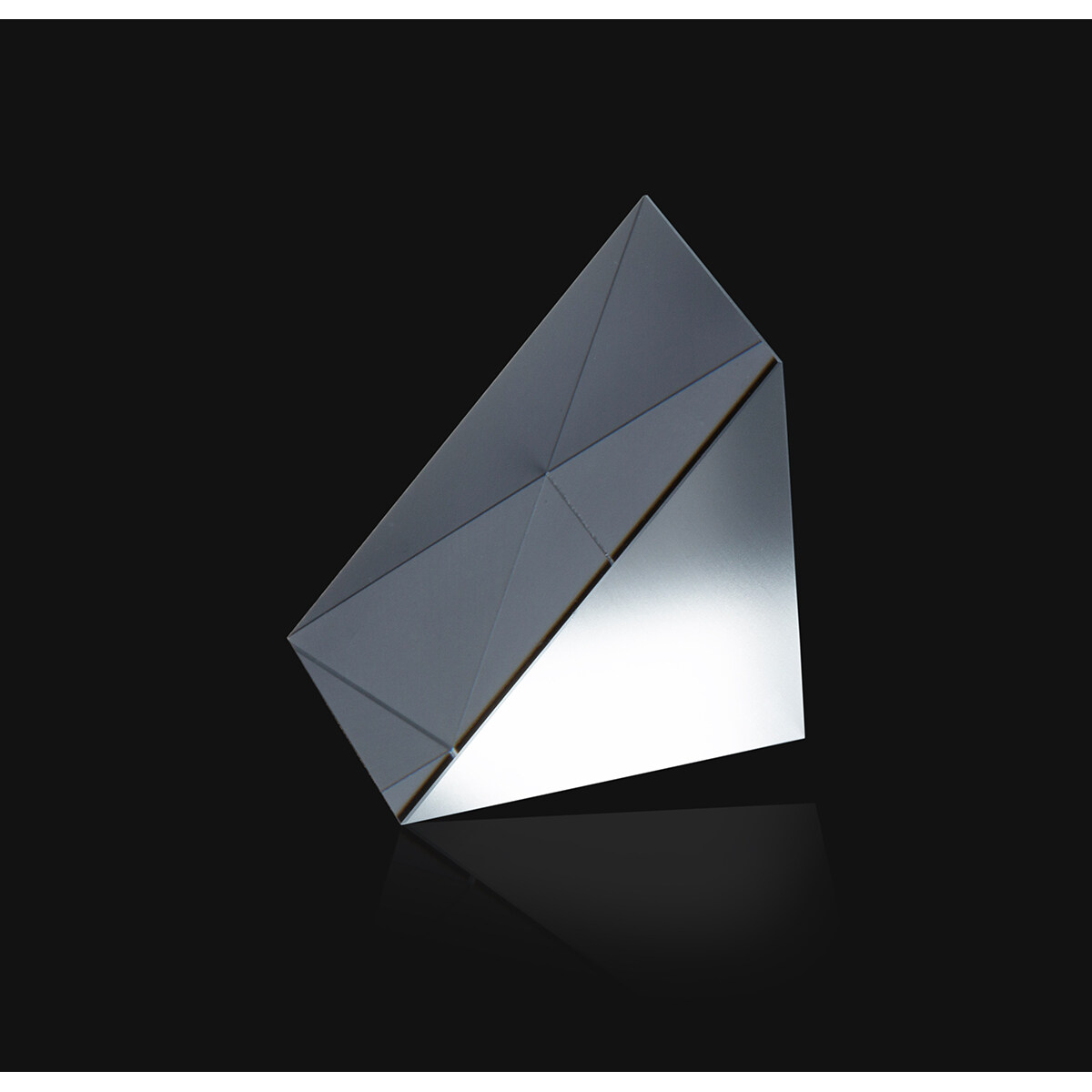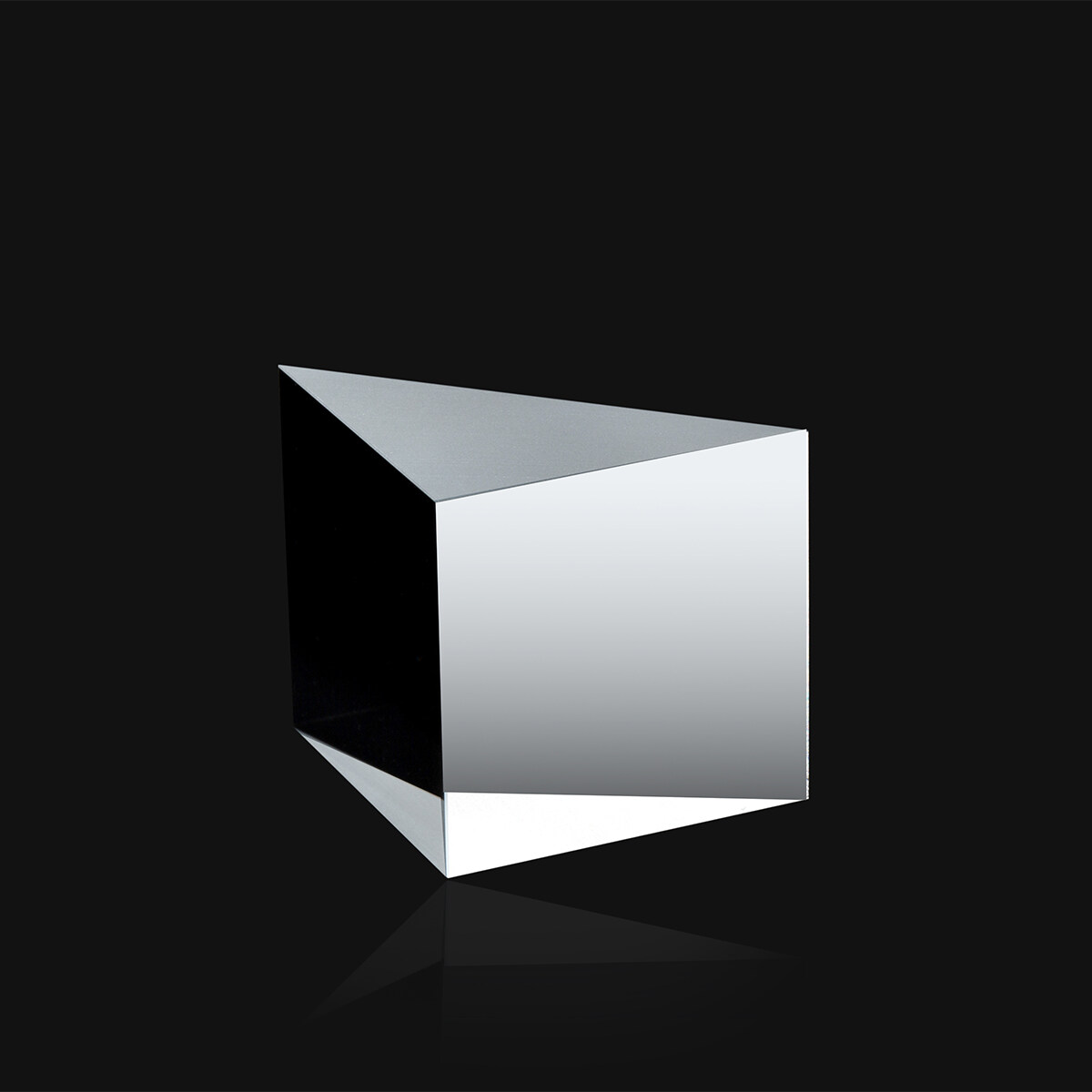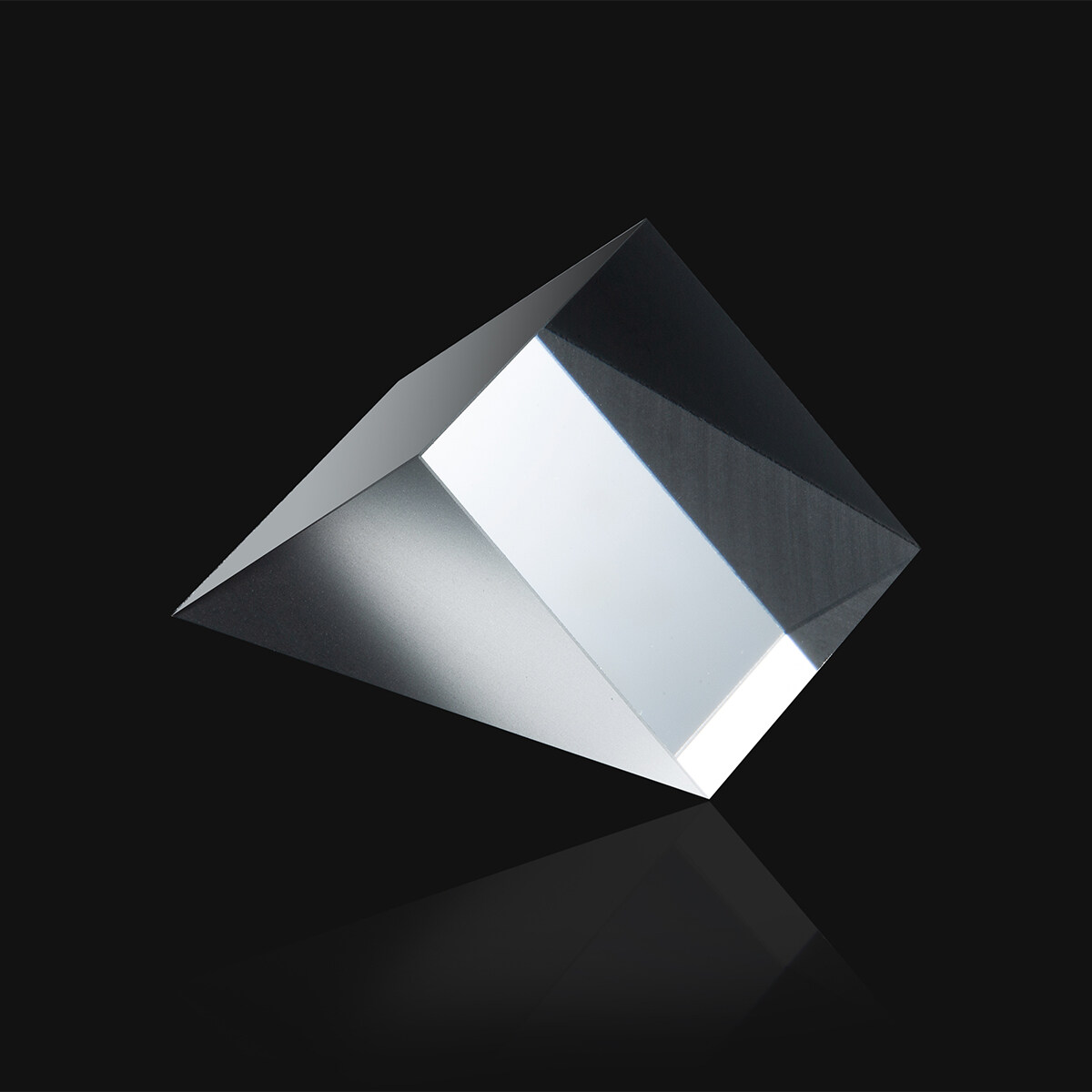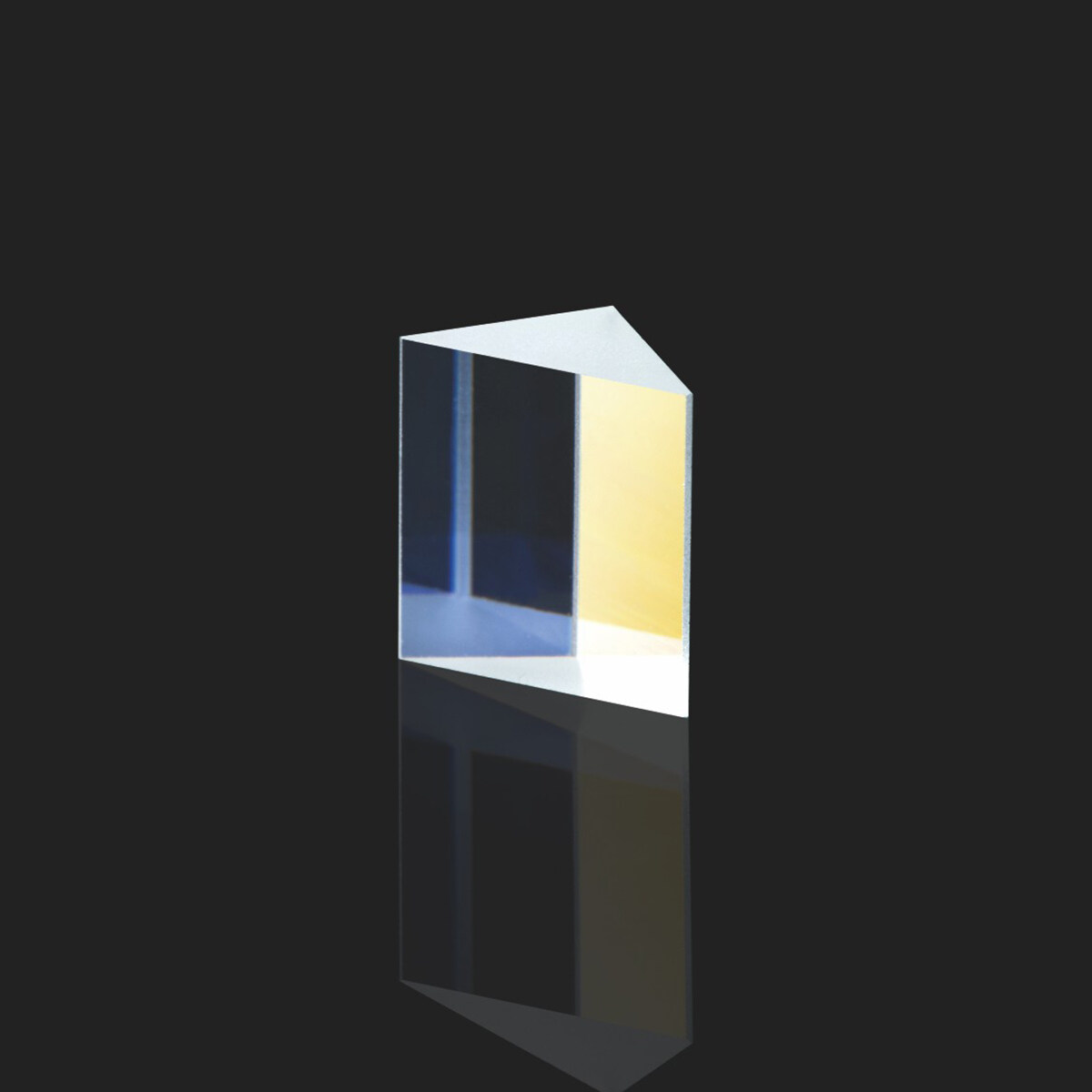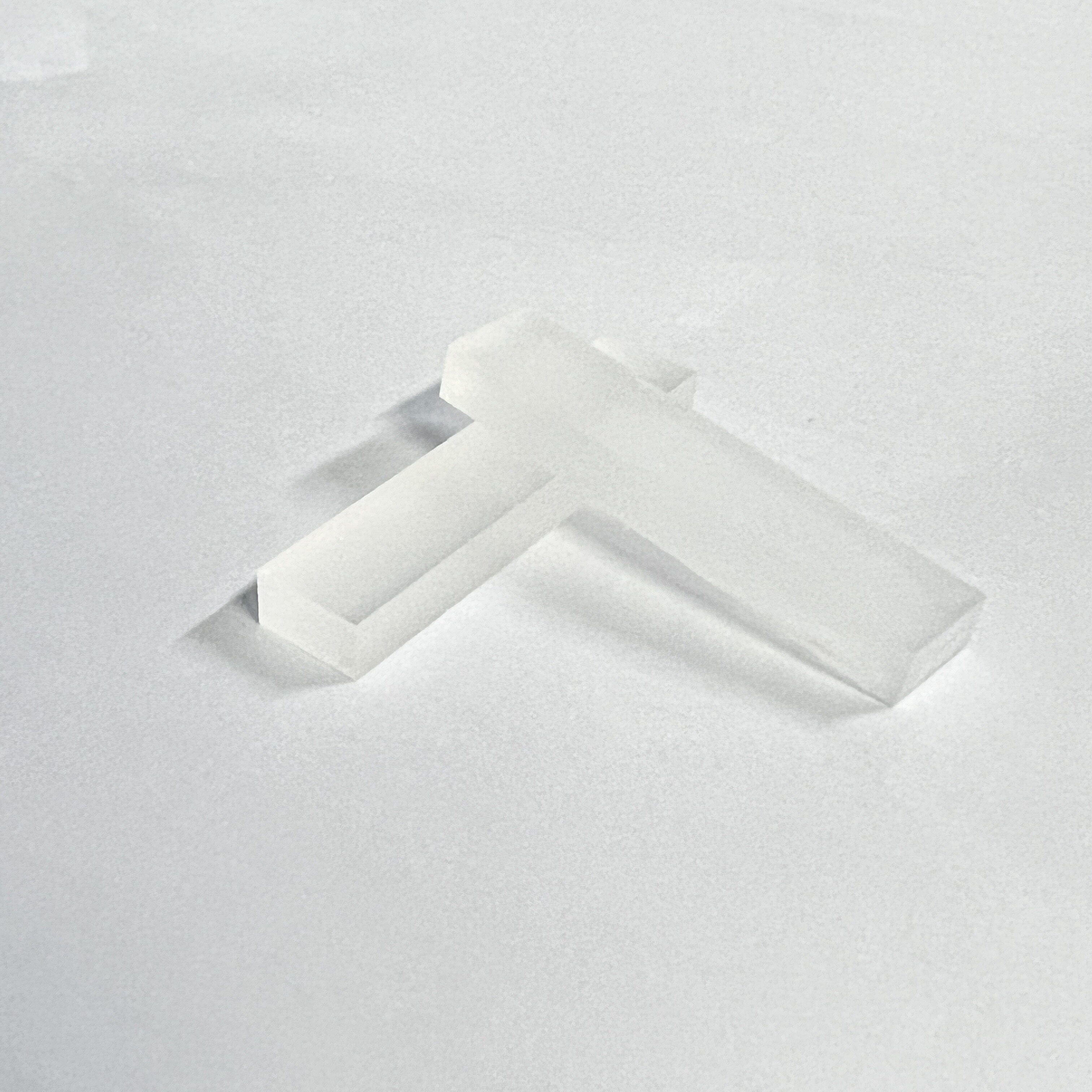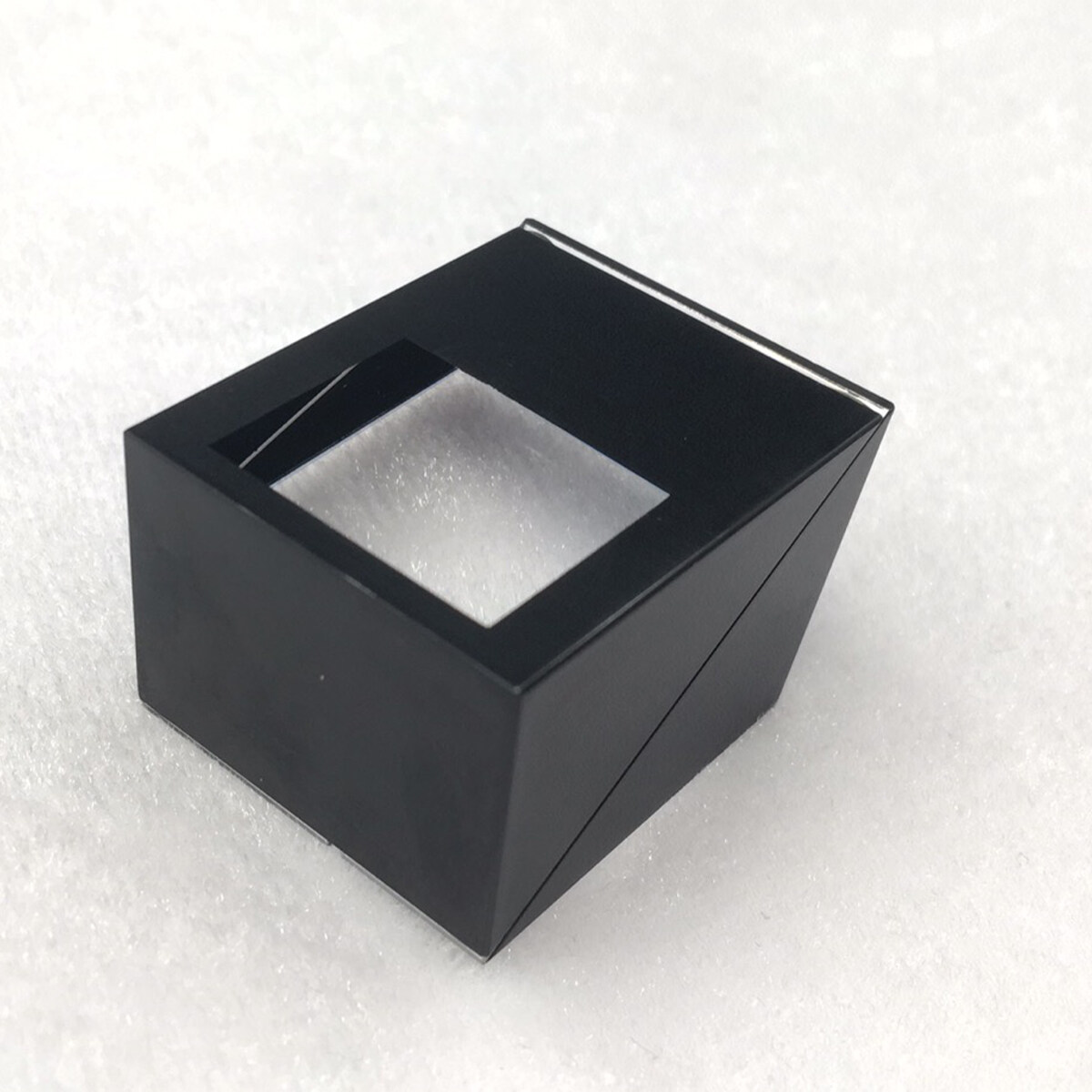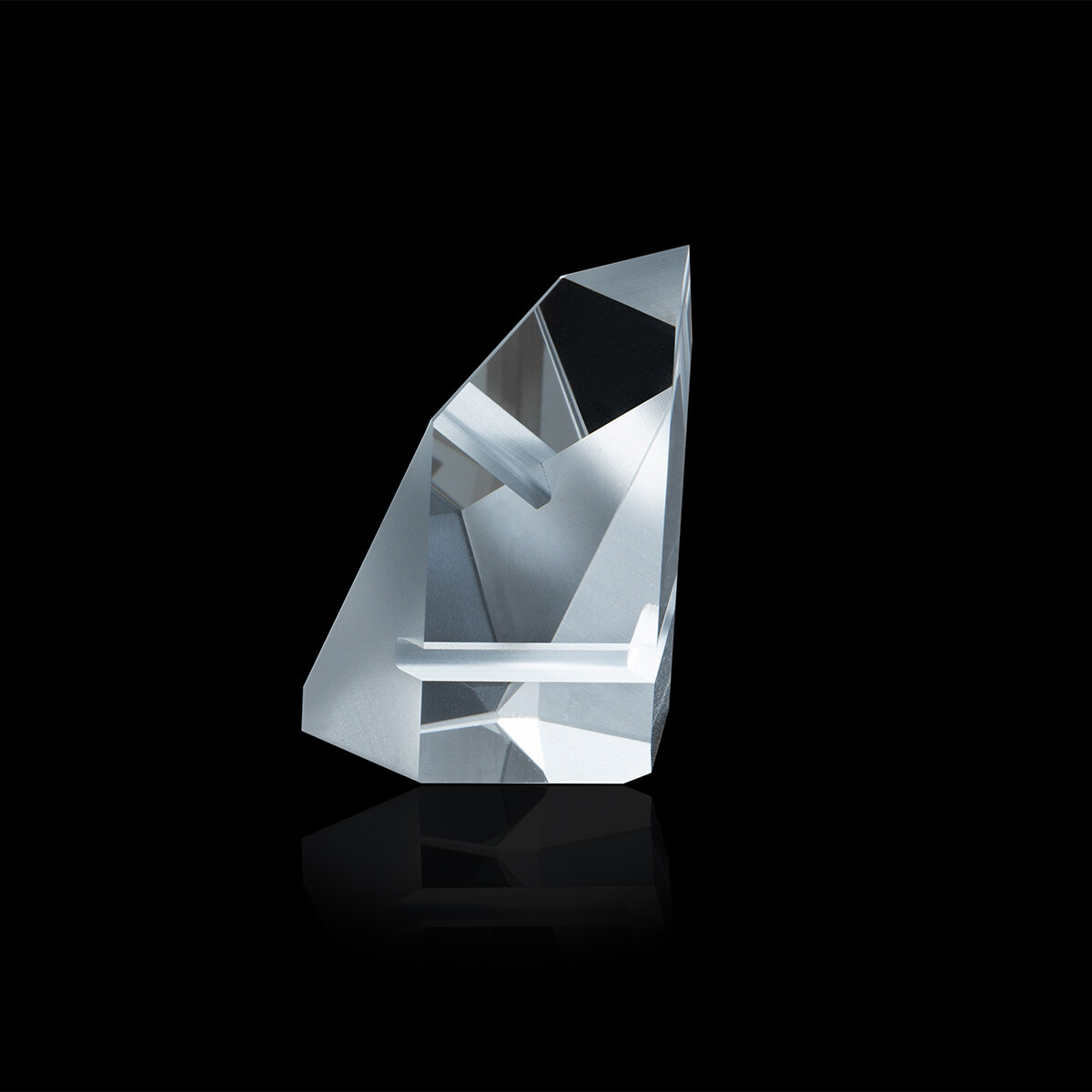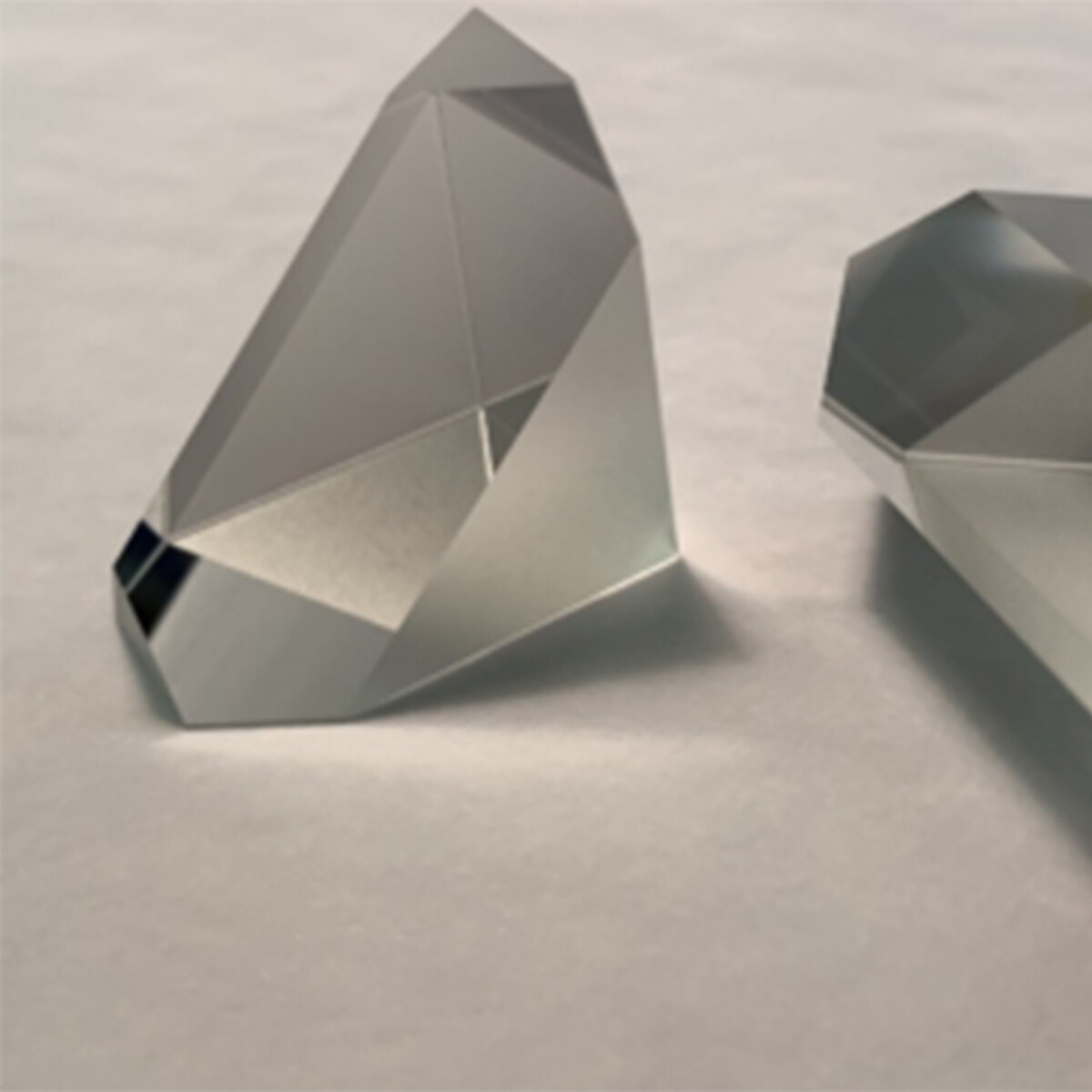Email format error
Email cannot be empty
Email already exists
6-20 characters(letters plus numbers only)
The password is inconsistent
Email format error
Email cannot be empty
Email does not exist
6-20 characters(letters plus numbers only)
The password is inconsistent

Triangular Prism
The ability of triangular prism rectangular pyramid to refract light is excellent in photography, removing unnecessary elements. We are an optical prism manufacturer in China. If you need this Triangular Prism. welcome to contact us.
The ability of triangular prisms to refract light is excellent in photography, removing unnecessary elements and adding creative effects, from iridescent to reflective colors. Plus, triangular prisms are inexpensive and can fit in almost any bag. What do you need for triangular prism photography? We have a detailed shooting guide.
24mm, 35mm and 50mm lenses provide a smoothing and can be used with any size triangular prism. For example, the simplest is a 15cm triangular prism, which is readily available and requires a microfiber cloth to be carried around to clean fingerprints.
How a triangular prism works
When light moves from one medium to another (in our case, from air to the glass of a triangular prism), refraction occurs, i.e. the light bends or changes direction.
A beam of light consists of many wavelengths of light. Each wavelength produces a different color, and each wavelength has greater or less resistance through the triangular prism than other light waves. So the various wavelengths that would normally "propagate" together are scattered and we see them separately, like a rainbow. This phenomenon is called variance.
How to use a triangular prism in photography
There are many variables that can affect the final result. These include the size and shape of the specific triangular prism, the angle of incidence of the light, the angle of the fixed triangular prism, etc.
Every time you want to use a triangular prism, you need to place it close to the lens in the area of the frame you want the effect. Then slowly move and rotate the triangular prism to explore its possibilities and how to get the effect.
To make it easier for yourself to use a prism and camera at the same time, try using a tripod. In this way, the position of the triangular prism can be easily changed without manipulating all the devices in the hand at the same time.
Switch to manual mode to find the focus point
Have you ever tried to use autofocus to take a photo on glass? The camera can't find the focus point. This results in continuous refocusing and eventually loss of sharpness.
Autofocus uses visual cues based on light contrast to determine what to focus on. When shooting through glass, the camera sees many other elements in addition to the subject. Reflections, fingerprints, and other artifacts appear in the foreground, and the camera tries to focus them.
Even without covering the entire lens with a triangular prism, the camera may not be able to find the focus point. That's why you have to switch to manual focus in this case. It is also possible to use autofocus without a triangular prism first. While maintaining focus, switch to manual. Put the triangular prism in front of the camera and take a picture.
Set a smaller aperture value for a smoother effect
A small aperture between f/1.8 and f/3.5 will allow for a smoother transition between the prism-covered and uncoated parts of the lens. But it's a matter of taste.
If you want to create a stronger contrast between the two parts, you can use a larger f-number. This also affects the depth of field.
If you use a higher f-number, the depth of field will be greater, so the background will be sharper. It depends on what effect you want to get.
PRODUCT FEATURES:
Prism angle accuracy: conventional≤3'-6', unconventional≤1'-2', parallel≤0.003mm
Dimensional tolerance:controlled within≤0.02mm
Tower difference: the tower difference angle is generally controlled at 3', with a minimum of 1' or better
Surface shape(aperture): mass production can reach 1λ



